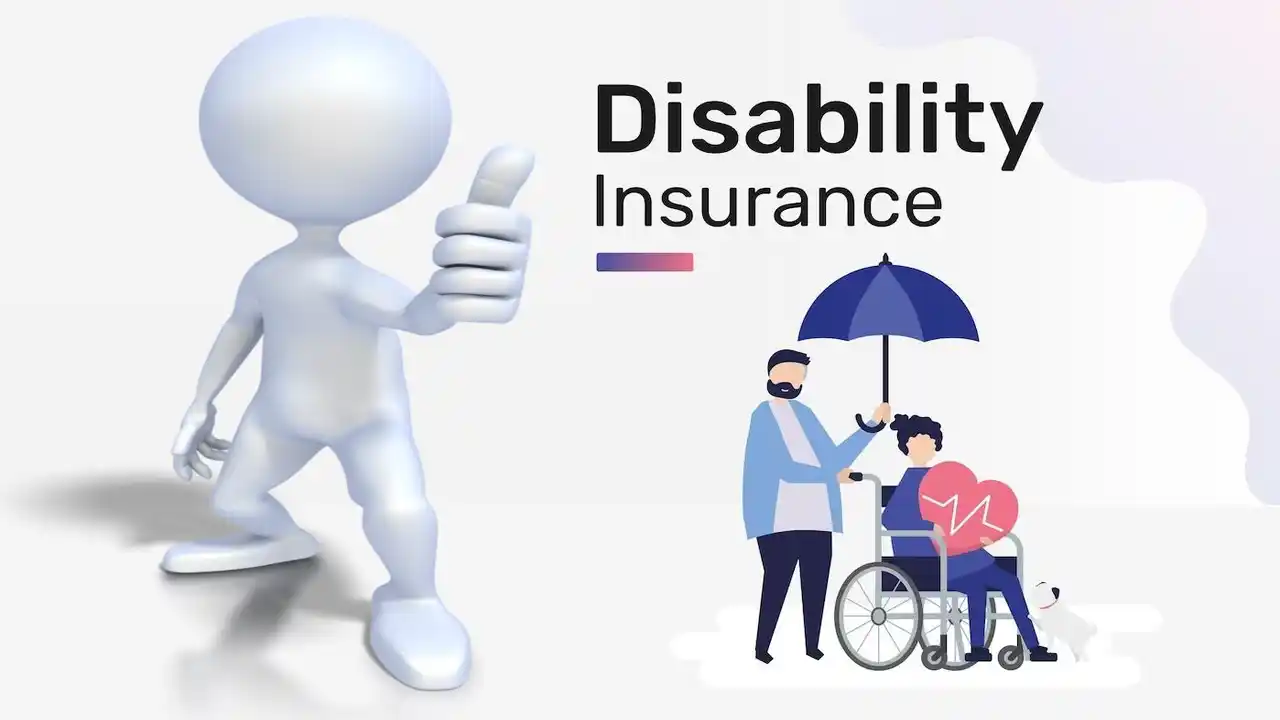Gap insurance is extremely beneficial for automobile lessees. Typically, lease payments are less expensive, but if you total the vehicle, you may incur more than it is worth. This possible monetary loss can be avoided by purchasing gap insurance. Gap insurance can be a vital component of your financial plan if you intend to purchase a vehicle. Protect yourself from total loss financial consequences with gap insurance, covered extensively in this article, including various examples for clarity.
Gap insurance is especially advantageous for customers who take out longer-term financing or make minimal or no down payment on a vehicle. These items can increase the difference between the car’s value and the amount still owed on the loan, making gap insurance a good idea. It provides you peace of mind and safeguards your finances from unforeseen expenses.
Gap Insurance Meaning
The purpose of gap insurance is to protect individuals from this form of financial shortfall. It covers the difference, or “gap,” between the ACV reimbursement from the primary policy and the loan or lease amount. This keeps individuals from having to pay for a vehicle they no longer possess.
Typically, gap insurance is an optional add-on that can be purchased when financing or leasing a vehicle. It is especially advantageous for customers with large loan or lease balances, high interest rates, or lengthy repayment terms. Additionally, it can be advantageous for consumers who put down a small deposit or none at all, as they are more likely to owe more on the vehicle than it is worth early in the loan or lease term.
Consider a person who purchases a $30,000 automobile and obtains a $30,000 loan to cover the cost. A few months later, an accident utterly destroys the vehicle. When the automobile was stolen, its actual cash value (ACV) was $25,000. Without gap insurance, you’d owe $5,000 on the loan if the vehicle is inoperable. With gap insurance, it covers the $5,000 difference, easing financial stress.
Gap Insurance Coverage
If you plan to sell your vehicle in the future, you should consider purchasing gap insurance. If you reduce the likelihood of negative equity, it may be simpler to sell or trade in your car without incurring significant losses. This insurance can help if you want to acquire a car but don’t have a large down payment. It safeguards you against a scenario in which you owe more on your automobile loan than it is worth, preventing you from entering a difficult financial situation. Given below are a few points on this insurance that you should know before you think of money, investing, business and managing it.
New Vehicle Extra Protection
Some policies offer additional protection for brand-new vehicles This could include coverage for extras not typically covered by standard auto insurance policies, such as updated technology, customizations, or accessories.
Negative Equity Coverage
If you rolled over negative equity from a prior loan into your current loan, it may cover the difference. For example, if you owe $5,000 on your prior loan and added it to your new loan, making the total $25,000, but the vehicle’s actual cash value is only $20,000, it will cover the $5,000 negative equity.
Fire-Related Total Loss Coverage
If your car is destroyed in a fire and declared a total loss, gap insurance will cover the difference between the car’s value and the loan or lease balance.
Natural Disaster Total Loss
Natural disasters can cause irreparable damage to vehicles, rendering them inoperable. In addition to other natural disasters, storms, hurricanes, and earthquakes can cause significant damage to vehicles. If one of these events results in the utter loss of your vehicle, gap insurance will cover the difference. This insurance also protects against risks associated with fire, rioting, strikes, and other similar events, as well as natural disasters such as flood, earthquake, lightning, overflowing water, and storm. It also addresses all hazards associated with break-ins, theft, and larceny.
Older Vehicle Protection
This insurance benefits both new and older vehicles. It may cover the difference if your older vehicle is totaled with a lower cash value than your remaining loan or lease.
Loan/Lease Payoff Coverage
This is the most significant advantage of this insurance. If your vehicle totaled, the insurance company pays off the remaining loan or lease. For instance, if you owe $20,000 on your auto loan and the insurance company estimates the car’s value to be only $15,000, gap insurance will cover the $5,000 difference.
Refinanced Vehicle Coverage
Even if you refinance your auto loan, this insurance will continue to provide coverage. It guarantees payment of the difference between the car’s value and the new loan amount, regardless of the refinancing terms.
Accident Total Loss Coverage
Accidents can happen anytime. If your vehicle is in a major collision resulting in a total loss, gap insurance covers the difference between the car’s value and your remaining loan or lease amount.
Deductible Coverage
Some plans include coverage for your auto insurance deductible, reimbursing you for the full cost in a total loss scenario. This minimizes your out-of-pocket expenses. For instance, if your deductible is $1,000, it covers it, ensuring you receive the entire claim amount.
Vandalism Total Loss
Vandalism may cause your vehicle to sustain so much damage that you must dispose of it. This insurance protects you from having to pay the remaining loan or lease balance if something goes awry.
Stolen Vehicles Insurance
In addition to covering collisions, gap insurance also covers larceny. Gap insurance covers the remaining loan or lease balance if your vehicle is stolen, saving you from a substantial cost.
FAQ
Is it Possible to Transfer Gap Insurance to Another Vehicle?
This insurance aims to protect vehicle owners from the financial void that may occur if someone declares their vehicle a total loss. You cannot transfer the coverage if you sell or trade your automobile.
Is Gap Insurance Covered for the Full Loan or Lease Balance?
This insurance covers the difference between the financial value of a totaled vehicle and the amount still owed on the loan or lease. However, there may be restrictions or exclusions, so it is imperative that you read your policy to learn the specifics.
What does Gap Insurance Cover?
This insurance protects vehicle owners from financial gaps when their vehicle declared a total loss. It covers the difference between the car’s cash value and the balance remaining on the loan or lease.
Conclusion
Gap insurance is an excellent method for mitigating certain risks associated with car ownership. It allows you to enjoy the benefits of car ownership without worrying about unexpected fees. You achieve this by protecting your money and investment. We hope this guide, in which we discussed gap insurance, was informative and beneficial for you. To broaden your perspectives on short-term health insurance subject, read more.






